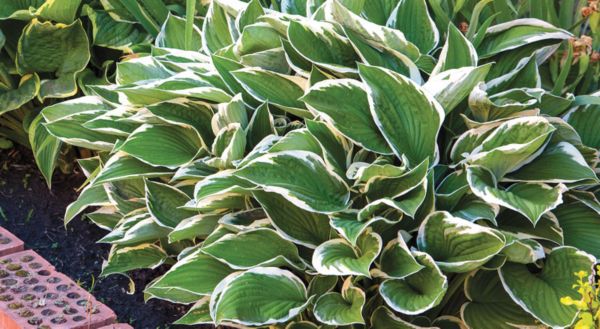How to Grow Crape Myrtle Trees
Crape Myrtles are loved for their beautiful summer flowers, which come in a variety of colors from white to deep reds and purples. They also have attractive, peeling bark and brilliant fall foliage as the seasons change. With their unique look and versatility, Crape Myrtles are a hit among garden enthusiasts and landscape designers alike. Depending on where you live, you might see them called Crape Myrtles, or Crepe Myrtles- both of these spellings are correct and refer to the same plant.
AboutCrape Myrtle Trees
| Botanical name: | Lagerstroemia |
| Common name: | Crape Myrtle/ Crepe Myrtle (Interchangeable) |
| Plant type: | Deciduous or evergreen trees and shrubs |
| Size: | Depends on variety, but usually 20-30 feet in height |
| Sun exposure: | At least 6 hours of direct sun |
| Soil type: | Slightly acidic |
| Soil pH: | ~ 6 |
| Hardiness zones: | 7-10 |
| Average first frost: | Varies by region |
| Average last frost: | Varies by region |
| Container friendly: | Yes |
| Beginner friendly: | Yes |
Planting
Choosing the right spot for your Crape Myrtle is key. These trees love full sunlight and slightly acidic soil. Aim for at least six hours of direct sunlight each day. Well-draining soil enriched with organic matter will give your Crape Myrtle the best start.
When digging a hole, it should be around three times the width of the container that the plant is in, and as deep as the root ball.
Make sure to give them enough room to grow. Smaller varieties or shrub-like types should be spaced 3 to 5 feet apart. Taller varieties need a bit more space, around 10 to 15 feet apart.
Protect your Crape Myrtles from harsh conditions like strong winds and extreme weather, especially in colder climates where extra winter protection might be needed. If you're planting in urban areas, try to shield them from pollution and road salt for the best growth.
Growing
Water newly planted Crape Myrtles regularly to help them establish a deep root system. Generally, watering once a week is enough. However, if you live in a hotter and drier climate, you might need to water more often, usually around twice a week.
To check if the tree needs water, stick your finger a few inches into the soil. If it’s dry, it's time to water. Once the trees are established, they are moderately drought-tolerant but will still benefit from occasional watering during dry spells.
If you live in a cooler climate, consider a cold-tolerant variety to avoid cold damage. Some varieties are specifically bred to withstand lower temperatures.
Pruning helps maintain the shape and size of the tree and encourages new growth where flowers will appear. When pruning, cut at the bottom of where the branches split into a new branch. Prune in late winter, before the spring growing period starts.
Benefits and Tips
Crape Myrtles are not only visually appealing but also typically deer-resistant, making them a great pick for areas with high deer populations. Gardeners in rural or suburban areas will appreciate this natural resistance, keeping their Crape Myrtles healthy and intact throughout the growing season.
These trees are known for their colorful flowers and attractive bark. The bark peels away in thin layers, revealing a smooth and often colorful underbark, adding unique visuals to your garden.
One of the standout features of Crape Myrtles is their foliage, which changes color in the fall to stunning oranges, reds, and yellows. This seasonal transformation keeps them as a focal point in your garden year-round.
Crape Myrtles are adaptable to various soil types and conditions, making them a low-maintenance choice for many landscapes.
Ready to plant your Crape Myrtles? Visit Tractor Supply Company to find the perfect ones for your garden. Our team of experts is always here to help you make informed decisions and find the right products for your needs. Whether you're adding a splash of color to your landscape or looking for a low-maintenance tree with year-round interest, Crape Myrtles are an excellent inclusion in any garden. Come in and discover the perfect Crape Myrtle to enhance your outdoor space today.
Frequently asked questions
What is the best location for my Crape Myrtle plant?
Crape Myrtles need full sunlight and well-draining soil. Avoid rocky and shallow soil locations when planting. The area you plant in should receive at least 6-8 hours of sunlight a day.
How and when should I prune the Crape Myrtles?
Pruning should be done in late winter to avoid damaging the plant. When pruning, try to only cut branches to maintain shape, not to control the height of the plant. It is generally recommended that the plant should be left to grow as it desires, and only very thin branches towards the bottom should be trimmed.





